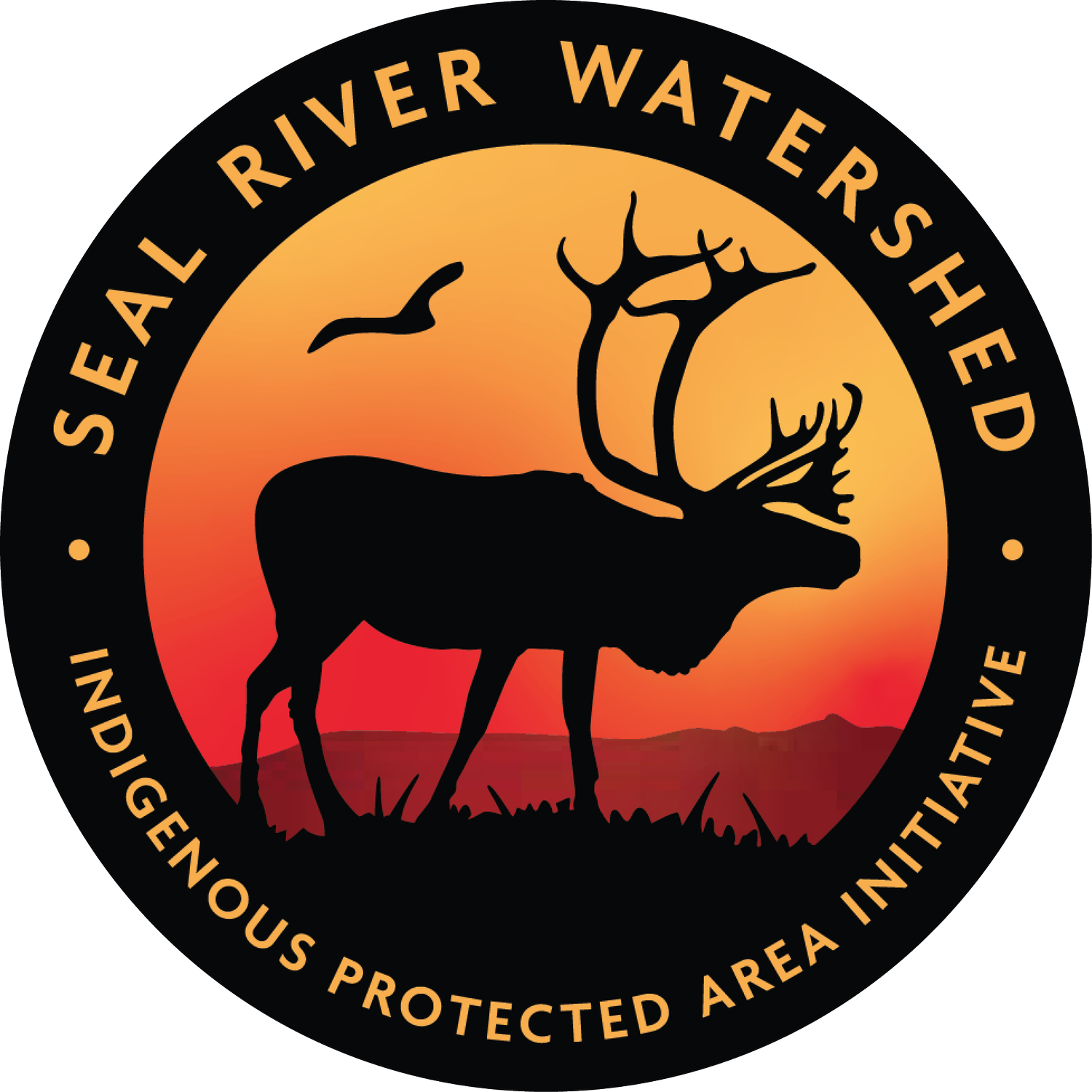Quest To Create Massive Conservation Area In Manitoba Gets Federal Support
Tadoule Lake, August 20, 2019 — An initiative to conserve a massive area in northern Manitoba was awarded a Canada Nature Fund grant to support the establishment of an Indigenous Protected Area in the Seal River Watershed.
The Seal River Watershed is a pristine expanse of tundra, wetlands and forests as vast as Nova Scotia: a whopping 50,000 square kilometers. There are no permanent roads, no dams, no mines, no industrial activity of any kind. Caribou and polar bears roam beneath massive flocks of birds near a powerful river teeming with beluga whales, seals and fish.
Sayisi Dene First Nation is leading an initiative to protect the entire watershed in partnership with Northlands Denesuline First Nation and O-Pipon-Na-Piwin Cree Nation. We are also working to engage the Inuit in Nunavut.
“Every aspect of our Dene and Cree cultures, spirituality and identities are rooted in our relationship to the caribou and to the lands which sustain us,” said Ernie Bussidor, a former chief appointed by Sayisi Dene First Nation to lead the initiative.
“Finally we are organizing ourselves as a region in the last corner of the province—a part of which is formerly known as Chipewyan Block—where we are directly involved in the protection and managing our lands, waters and animals!”
Sunset near Twin Lakes in the Seal River Watershed.
— Grant Will Lay Foundation for Indigenous Guardians Program —
The large three-year grant will facilitate the process of establishing the protected area, support the creation of jobs and increase ties among the remote fly-in communities.
It will also lay the foundation for the development of an Indigenous Guardians program in order to formalize traditional stewardship and management, enhance ecological and cultural tourism, and gather Indigenous Knowledge and scientific data to support wildlife management.
Sayisi Dene First Nation began a partnership with the Manitoba chapter of the Canadian Parks & Wilderness Society (CPAWS) in 2015 to explore the opportunity for conserving this healthy and wild landscape.
“The Seal is one of the last great wild places on our planet of this magnitude,” said Ron Thiessen, Executive Director of CPAWS Manitoba.
“We look forward to continuing our efforts with Indigenous Nations and Canadian governments to conserve the area for nature, culture, and sustainable economic opportunities such as eco tourism,” Thiessen said.
“The commitment of the regional Indigenous Nations to protect the Seal River Watershed’s lands and waters for future generations of people and wildlife is truly inspiring. We owe them a great debt for such a bold vision to protect this global treasure.”
Members of Sayisi Dene First Nation paddling the Seal River in 2017. Credit: Ernie Bussidor
— ‘Last Truly Wild River in Manitoba’ —
The conservation value of the Seal River watershed is globally significant.
There are at least 23 known species at risk — including polar bears, beluga whales, wolverines, grizzly bears, killer whales, olive-sided flycatchers and lake sturgeon — and at least 260 identified mammal, aquatic, bird, plant and insect species in the Seal River region.
Around 400,000 caribou spend the winter in the watershed. The Beverly herd is considered highly vulnerable while the Qamanirjuaq herd has been declining by 2% a year since 2008.
Seemingly endless mud and sand flats are formed by the four-meter tides which govern the Seal River’s estuary, which is designated an Important Bird Area.
Recognized as the “last truly wild river in Manitoba” the 260-kilometer Seal was designated a Canadian Heritage River in 1992.
The watershed also acts as a massive carbon sink. A provincial assessment of the proposed Polar Bear Park—which is similar in geography but significantly smaller at 2.9 million hectares—found it stored more than 2.4 billion tonnes of carbon.
Two caribou bulls wintering in the Seal River Watershed north of Tadoule Lake in February 2020. Credit: Michael Code, NahHo Productions
Background Information
The initiative was among 67 of recipients of $175 million committed for conservation projects across the country as part of the Canada Nature Fund, Pathway to Canada Target 1 Challenge.
Canada has committed to protecting at least 17% of land and freshwater by 2020, and in 2018 the federal government committed over $1.3 billion for nature conservation – the largest such investment in Canadian history.
Nature is declining ‘faster than at any time in human history’ according to a recent landmark UN report which warned that one million species are facing extinction —many in the next decade—unless transformative action is taken.
Protected areas are one of the most effective solutions to stopping this “Nature Emergency,” according to the latest CPAWS report on the state of Canadian wilderness.
CPAWS is calling on Canada to champion a global goal of protecting and restoring half the earth, with a milestone target of protecting at least 30% of land and freshwater by 2030, and to commit to this at home in Canada.
For more information about the Seal River Watershed Initiative please visit:
https://cpawsmb.org/what-we-do/the-seal-river/
Media contact:
Ernie Bussidor
Project Lead, Seal River Watershed Initiative
Sayisi Dene First Nation
E-mail: ernesto_buzz@hotmail.com




